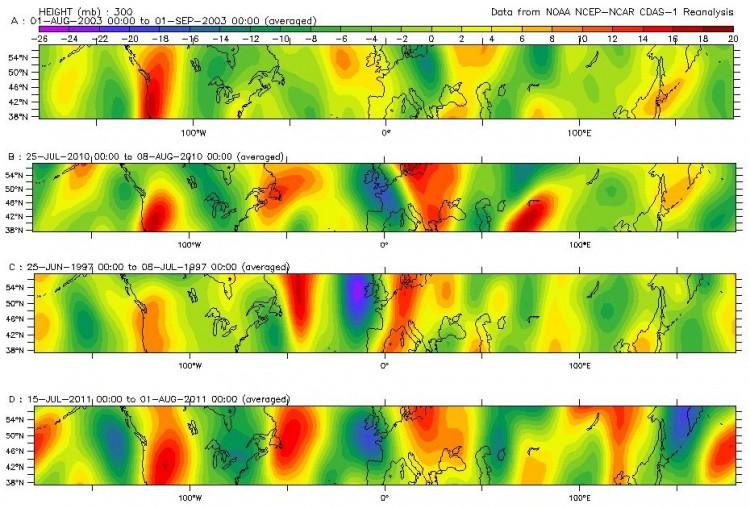Researchers at NASA’s Johnson Space Center (JSC) are carrying out lab-scale experiments to create tiny space-time warps with an aim to eventually achieving “Star-Trek”-style interstellar space travel.
According to the Alcubierre warp drive theory, proposed by Mexican physicist Miguel Alcubierre in 1994, a spaceship could travel faster than light inside a bubble of negative energy that deforms the space-time continuum, compressing it in front of the craft and expanding it behind.
Harold “Sonny” White, from JSC’s advanced propulsion physics laboratory Eagleworks, attended the 100 Year Starship Symposium in Houston on Sept. 14 to present his lab’s findings.
White’s team is testing out mathematical equations relating to the physics of cosmic inflation using an instrument called the White-Juday Warp Field Interferometer, which uses a laser to create little warp bubbles.
“We’ve initiated an interferometer test bed in this lab, where we’re going to go through and try and generate a microscopic instance of a little warp bubble,” White said, according to a July article in Roundup, JSC’s biweekly publication.
“And although this is just a microscopic instance of the phenomena, we’re perturbing space-time, one part in 10 million, a very tiny amount.”
Future spacecraft may be able to meet the laws of these mathematical equations. To date, our best efforts in interstellar flight are summed up by Voyager 1, a high-energy vessel that has been traveling for around 33 years, and is believed to finally be reaching the edge of our solar system.





